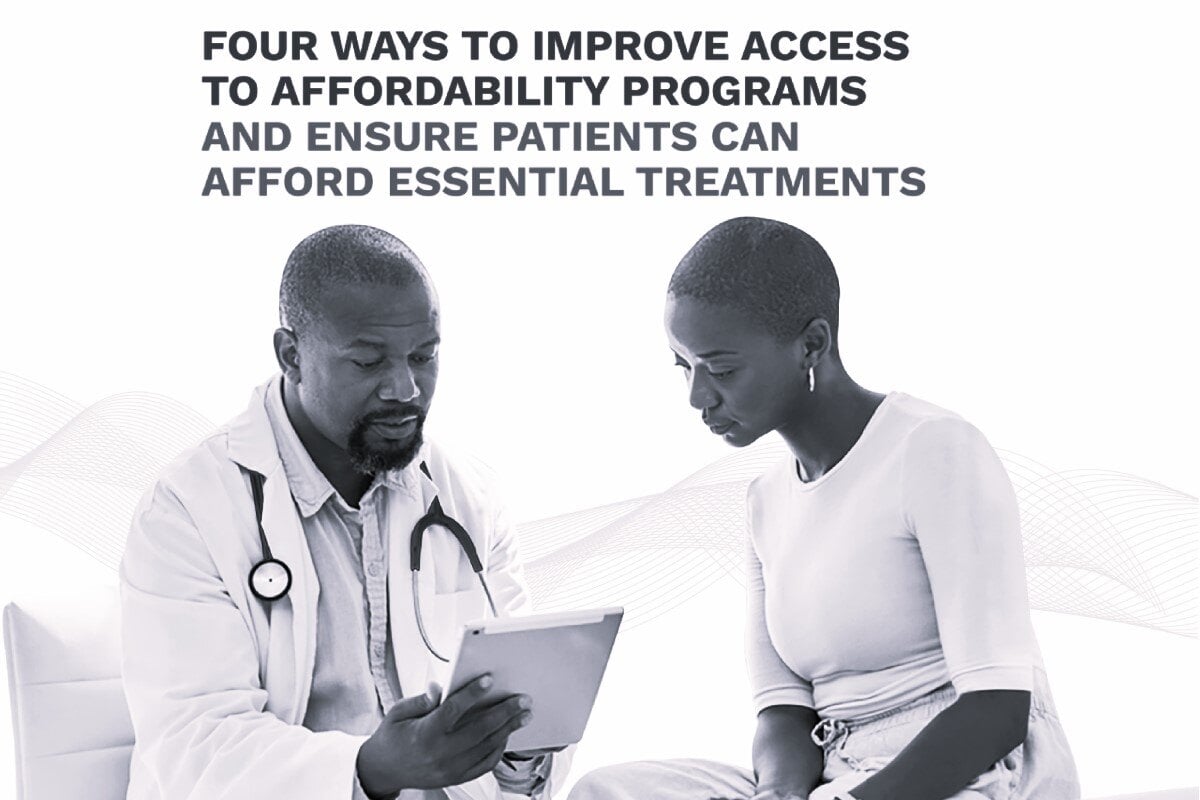Four ways to improve access to affordability programs and ensure patients can afford essential treatments. To overcome the fragmented, manual processes preventing patients from accessing co-pay assistance programs, advanced healthcare technology solutions are needed.
-
Prescribers and pharmacists need to be educated about existing workflows in real time.
Patients can’t access co-pay assistance programs if they don’t know the savings are available to them. Leveraging advanced technology, artificial intelligence, and patient-led data in a HIPAA-compliant manner makes it easy to effectively communicate affordability messaging at the prescribing or dispensing moment through point of care (POC) platforms.
-
Messages about affordability programs need to be distributed equally across POC platforms.
By delivering information about assistance programs at the prescribing and dispensing moments, these messages can be hyper-relevant and drive enrolment. These messaging solutions must be platform-agnostic to ensure that information can reach prescribers and pharmacists no matter which software is used by their organization. This will ensure equitable access to co-pay assistance information and reduce the number of campaigns and platforms a brand needs to juggle.
-
Savings cards should be applied automatically to make out-of-pocket impact apparent.
Seamless integration with pharmacy systems allows coupons and discounts to be applied when prescriptions are filled. By reducing patient out-of-pocket costs instantly without manual work, brands can remove friction for patients to get onto a new treatment and reduce errors created by manual entry of patient data.
-
Creating electronic systems with interoperability is key to fixing broken patient assistance workflows.
In January, the Centers for Medicare & Medicaid Services (CMS) released the CMS Interoperability and Prior Authorization Final Rule. Though government health programs are the focus of the rule, improving the electronic exchange of healthcare data will require technology changes that can help fix the broken and fragmented patient assistance workflows seen today. The requirements will ensure smoother access for patients and HCPs by reducing the time it takes to get prior authorizations.
